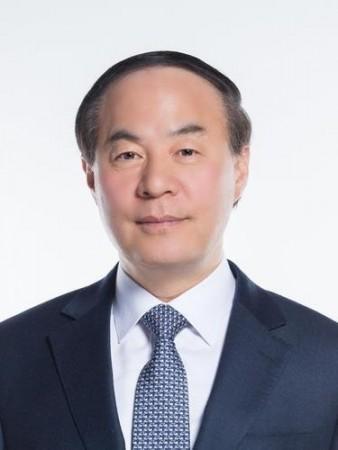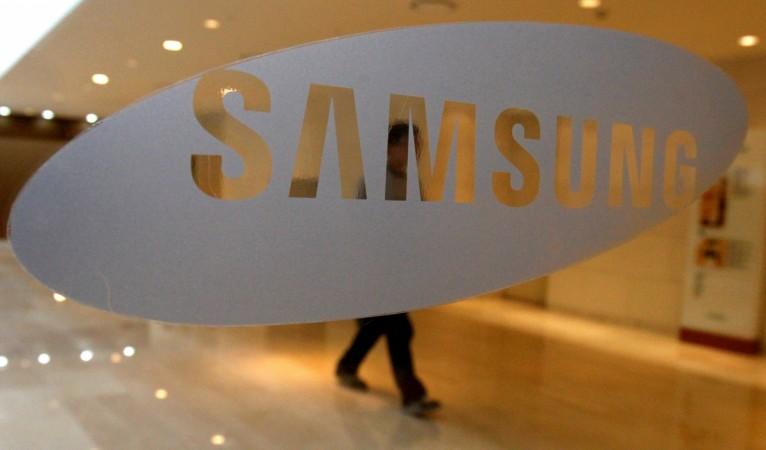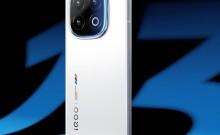
In a significant development, Samsung's newly appointed semiconductor chief, Jun Young-Hyun, has pledged to restore the company's leadership in the global chip market. This commitment comes at a time when the industry is undergoing a significant transition, driven by the rise of artificial intelligence (AI). We are at the centre of the AI era and facing an unprecedented future, Jun stated in his inaugural letter on the company's internal bulletin. He acknowledged the challenges that lie ahead but also emphasized the potential opportunities.
Jun's appointment as the head of Samsung's semiconductor division is part of the company's strategy to revitalise its struggling chip sector. This move comes in the wake of Samsung Electronics posting an annual loss of 15 trillion won ($11 billion) last year due to declining demand for IT products. Despite the financial setback, the company hesitated to cut memory production, which further exacerbated the financial loss.
In addition to the financial challenges, Samsung also lost its leadership in the high-bandwidth memory (HBM) market, a crucial segment in the expanding AI sector. SK hynix now leads the HBM market with a 53 per cent share, compared with Samsung's 38 per cent. This shift in market leadership underscores the competitive landscape of the semiconductor industry and the need for Samsung to innovate and regain its position.

Facing Internal Challenges and Market Competition
Adding to the company's woes, Samsung's unionised workers announced plans to go on a strike in protest against stalled wage negotiations with the management. This development further underscores the internal challenges the company is facing. Despite these challenges, Jun expressed confidence in overcoming them. As an executive, I feel a heavy responsibility for the current situation, he said. I will analyse the circumstances with renewed determination and find ways to overcome these difficulties.
Jun, who joined Samsung Electronics in 2000, has extensive experience in the semiconductor and battery sectors. He has led the development of DRAM and NAND flash memories in the chip division and took over Samsung SDI Co. in 2017. Under his leadership, the battery maker shifted to the black in 2020 and became a major player in the global market.
In a similar vein, Samsung Electronics is ramping up the mass production of its latest 12-layer HBM3E products within the second quarter to keep up with the booming demand for generative AI. This move is indicative of the company's strategic efforts to regain its footing in the AI-driven chip market.
Historical Challenges and Future Opportunities
The challenges faced by Samsung are not unique. The semiconductor industry has historically been cyclical, with periods of high demand followed by oversupply and price drops. Companies like Intel and AMD have also faced similar challenges in the past. However, the rise of AI and the increasing demand for high-bandwidth memory present a unique opportunity for Samsung to regain its leadership position.
Under Jun Young-hyun's leadership, Samsung is poised to navigate the challenges of the AI-driven chip market. Leveraging the company's extensive experience in the memory chip industry and exploring untapped potential, Samsung aims to regain its leadership position in the global chip market.
In conclusion, the journey ahead for Samsung is fraught with challenges, but with strategic planning and execution, the company is determined to turn these challenges into opportunities. The commitment of its new semiconductor chief, Jun Young-hyun, to restore the company's leadership in the global chip market, particularly focusing on opportunities in the AI era, is a testament to this determination.
















